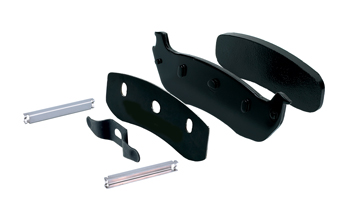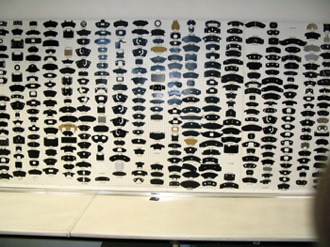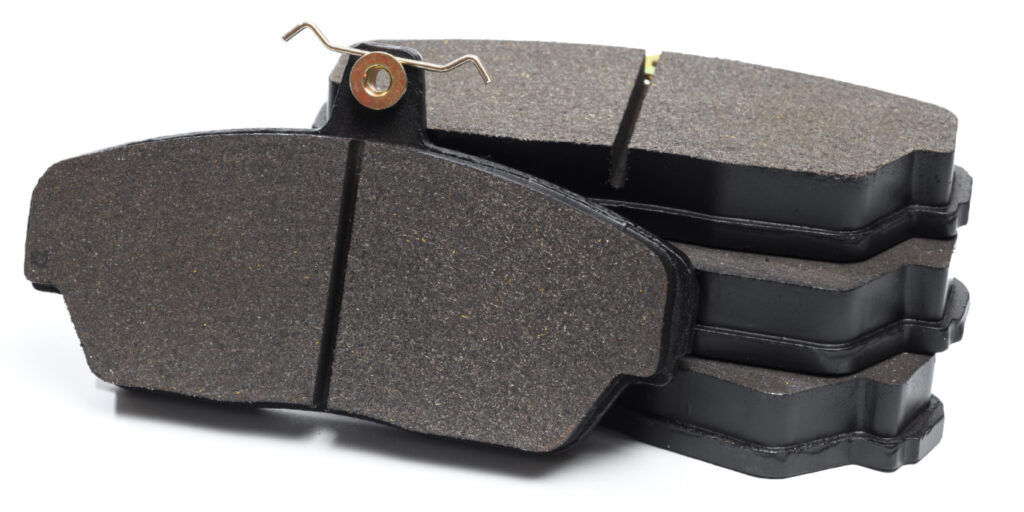 The first thing to remember is that all brakes make noise.
The first thing to remember is that all brakes make noise.
When the friction material makes contact with the rotor, the coupling causes the brake pad and rotor to oscillate and vibrate.
In engineering terms, this is called “force coupled excitation,” which means that the components are locked as a combined system that will vibrate at the system’s natural frequency combined modes of vibration.
The driver hears these vibrations as noise. This is “ground zero” for brake noise.
In layman’s terms, when the pads press into the rotors, it makes vibrations that become noise. Like dogs, humans have a limited range of sounds they can hear.
 If the noise is out of the range of human ears, there will not be a noise complaint or comeback (this is typically high-frequency noises). It is when these vibrations are allowed to transfer into the caliper and knuckle where they are lowered to the human hearing ranges that the driver notices a noise.
If the noise is out of the range of human ears, there will not be a noise complaint or comeback (this is typically high-frequency noises). It is when these vibrations are allowed to transfer into the caliper and knuckle where they are lowered to the human hearing ranges that the driver notices a noise.
Brake shims are not designed for adjusting spacing/distance between friction material and the rotor. Shims provide multifunction noise control as a component attached to the friction pad backing plate. A quality brake shim can prevent brake noise during the entire life of the brake job and will not dry out or be displaced over time like some lubricants. But remember, a shim does not do its job if it is left in the box.
Brake shims have the ability to control noise in three ways. First, they prevent and reduce the transmission and amplitude of vibrational forces that cause excitation of the caliper, pad assembly and attached structure. This is accomplished by viscoelastic damping material inherent within the layering construction of the shim and method of bonding to the pad assembly.
In layman’s terms, it prevents vibrations that start at the pad and rotor from being transferred into the caliper and knuckle. These vibrations are very small and hopefully the shim can isolate a vibration before it excites the caliper and knuckle.










